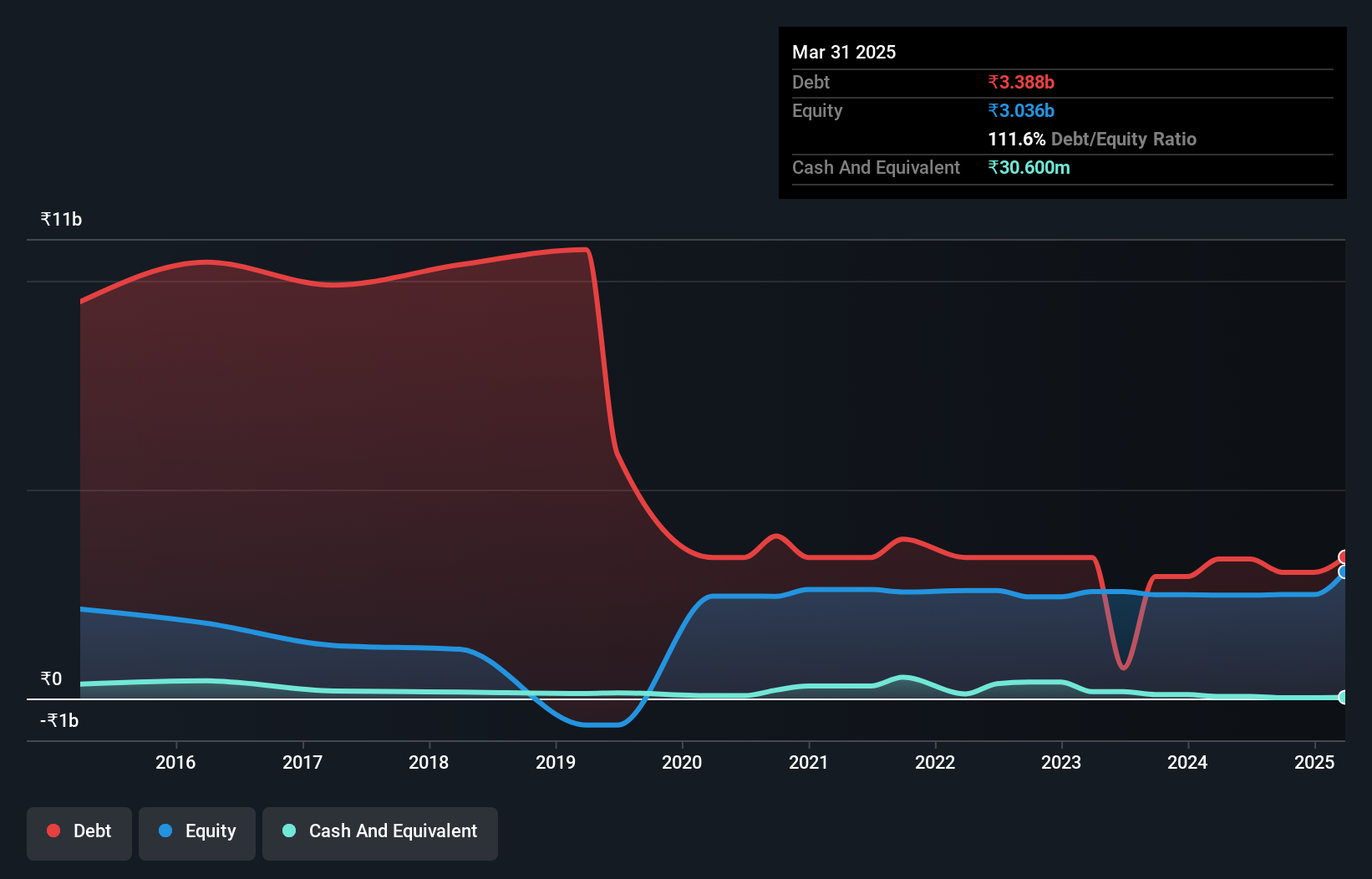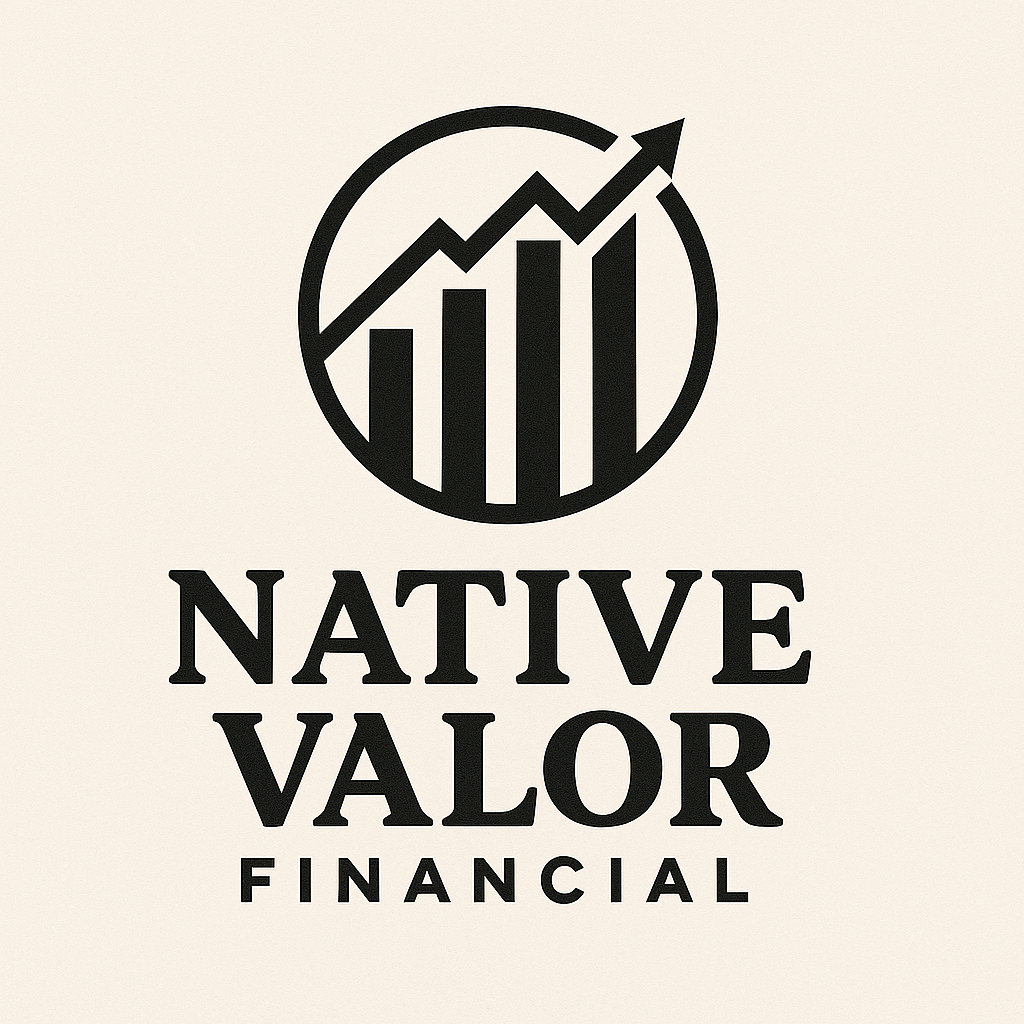- India
- /
- Construction
- /
- NSEI:TICL
We Think Twamev Construction and Infrastructure (NSE:TICL) Is Taking Some Risk With Its Debt
Some say volatility, rather than debt, is the best way to think about risk as an investor, but Warren Buffett famously said that 'Volatility is far from synonymous with risk.' So it might be obvious that you need to consider debt, when you think about how risky any given stock is, because too much debt can sink a company. As with many other companies Twamev Construction and Infrastructure Limited (NSE:TICL) makes use of debt. But should shareholders be worried about its use of debt?
When Is Debt A Problem?
Debt is a tool to help businesses grow, but if a business is incapable of paying off its lenders, then it exists at their mercy. Ultimately, if the company can't fulfill its legal obligations to repay debt, shareholders could walk away with nothing. However, a more frequent (but still costly) occurrence is where a company must issue shares at bargain-basement prices, permanently diluting shareholders, just to shore up its balance sheet. Having said that, the most common situation is where a company manages its debt reasonably well - and to its own advantage. The first thing to do when considering how much debt a business uses is to look at its cash and debt together.
What Is Twamev Construction and Infrastructure's Net Debt?
The chart below, which you can click on for greater detail, shows that Twamev Construction and Infrastructure had ₹3.39b in debt in March 2025; about the same as the year before. And it doesn't have much cash, so its net debt is about the same.

How Healthy Is Twamev Construction and Infrastructure's Balance Sheet?
Zooming in on the latest balance sheet data, we can see that Twamev Construction and Infrastructure had liabilities of ₹3.77b due within 12 months and liabilities of ₹433.7m due beyond that. Offsetting these obligations, it had cash of ₹30.6m as well as receivables valued at ₹502.2m due within 12 months. So its liabilities outweigh the sum of its cash and (near-term) receivables by ₹3.67b.
This is a mountain of leverage relative to its market capitalization of ₹4.77b. Should its lenders demand that it shore up the balance sheet, shareholders would likely face severe dilution.
See our latest analysis for Twamev Construction and Infrastructure
We use two main ratios to inform us about debt levels relative to earnings. The first is net debt divided by earnings before interest, tax, depreciation, and amortization (EBITDA), while the second is how many times its earnings before interest and tax (EBIT) covers its interest expense (or its interest cover, for short). The advantage of this approach is that we take into account both the absolute quantum of debt (with net debt to EBITDA) and the actual interest expenses associated with that debt (with its interest cover ratio).
Strangely Twamev Construction and Infrastructure has a sky high EBITDA ratio of 11.9, implying high debt, but a strong interest coverage of 12.5. This means that unless the company has access to very cheap debt, that interest expense will likely grow in the future. Pleasingly, Twamev Construction and Infrastructure is growing its EBIT faster than former Australian PM Bob Hawke downs a yard glass, boasting a 1,494% gain in the last twelve months. The balance sheet is clearly the area to focus on when you are analysing debt. But you can't view debt in total isolation; since Twamev Construction and Infrastructure will need earnings to service that debt. So when considering debt, it's definitely worth looking at the earnings trend. Click here for an interactive snapshot.
Finally, a business needs free cash flow to pay off debt; accounting profits just don't cut it. So we always check how much of that EBIT is translated into free cash flow. During the last two years, Twamev Construction and Infrastructure burned a lot of cash. While that may be a result of expenditure for growth, it does make the debt far more risky.
Our View
While Twamev Construction and Infrastructure's conversion of EBIT to free cash flow has us nervous. To wit both its interest cover and EBIT growth rate were encouraging signs. Taking the abovementioned factors together we do think Twamev Construction and Infrastructure's debt poses some risks to the business. So while that leverage does boost returns on equity, we wouldn't really want to see it increase from here. When analysing debt levels, the balance sheet is the obvious place to start. But ultimately, every company can contain risks that exist outside of the balance sheet. For instance, we've identified 4 warning signs for Twamev Construction and Infrastructure (2 are a bit concerning) you should be aware of.
When all is said and done, sometimes its easier to focus on companies that don't even need debt. Readers can access a list of growth stocks with zero net debt 100% free, right now.
Valuation is complex, but we're here to simplify it.
Discover if Twamev Construction and Infrastructure might be undervalued or overvalued with our detailed analysis, featuring fair value estimates, potential risks, dividends, insider trades, and its financial condition.
Access Free AnalysisHave feedback on this article? Concerned about the content? Get in touch with us directly. Alternatively, email editorial-team (at) simplywallst.com.
This article by Simply Wall St is general in nature. We provide commentary based on historical data and analyst forecasts only using an unbiased methodology and our articles are not intended to be financial advice. It does not constitute a recommendation to buy or sell any stock, and does not take account of your objectives, or your financial situation. We aim to bring you long-term focused analysis driven by fundamental data. Note that our analysis may not factor in the latest price-sensitive company announcements or qualitative material. Simply Wall St has no position in any stocks mentioned.
About NSEI:TICL
Twamev Construction and Infrastructure
Provides infrastructure solutions in India.
Moderate risk with mediocre balance sheet.
Market Insights
Community Narratives



